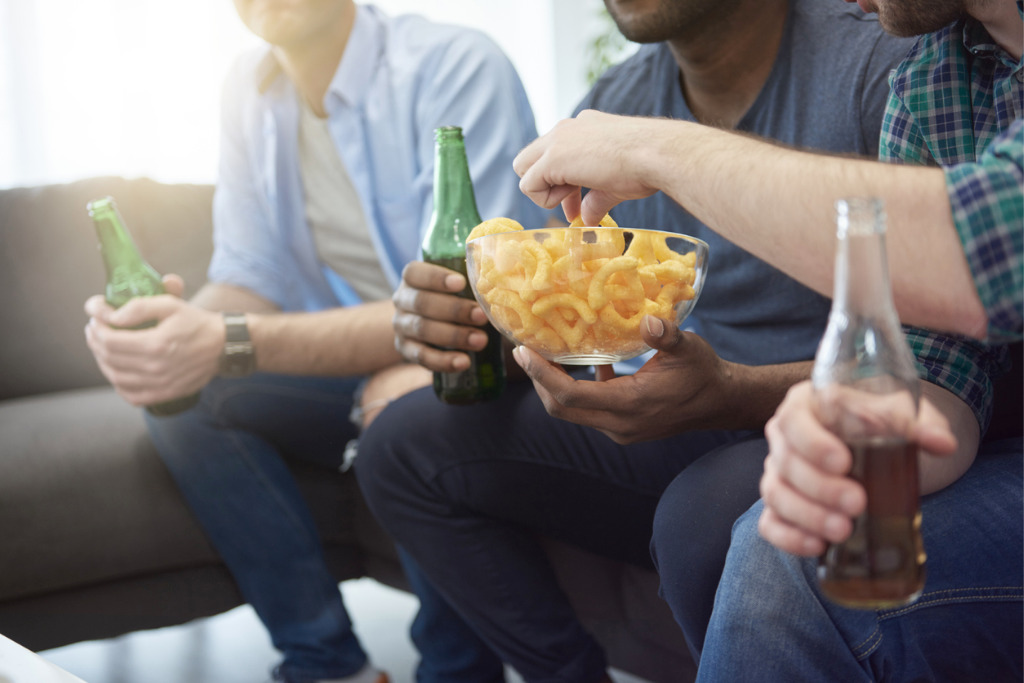Being stuck at home during the COVID-19 pandemic with less to do has meant that some are turning to beer, wine and cocktails for entertainment. Alcohol sales and consumption have risen. Binge drinking is up.
The pandemic has had at least one positive effect, however. With schools, bars and restaurants closed, most college students, whether they are on campus or not, are not generally drinking as much as they would be if this were a normal school year.
“Drinking is a social behavior for college students, and without social interaction students are less likely to drink heavily,” researcher Helene R. White, Ph.D., distinguished professor emerita with the Center of Alcohol & Substance Use Studies at Rutgers, The State University of New Jersey, said in a statement. “Living with parents may especially interfere with social interaction with peers and thereby be protective against heavy drinking.”The pandemic appears to have had at least a shred of a silver lining for college students.
Students who drank alcohol before the lockdown were asked about their living situations before and after their schools stopped in-person learning. Their responses broke down into three groups: those living with peers before and after closure; those living with parents before and after closure; and those living with peers before closure but with parents after.
Students in each group were queried about their typical weekly drinking before and after closure, and the number of days a student drank each week, the total number of drinks he or she consumed weekly and the maximum number of drinks consumed.
Students who moved from living with peers to parents significantly decreased the number of days they drank per week, from 3.1 before closure to 2.7 after. Those who continued to live with peers, however, increased their drinking days per week from 3 to 3.7. Those who had been living with their parents and remained at home with parents increased the number of days by roughly half — up from drinking twice a week to 3.3 times per week.
The number of drinks students had each week reflected these trends. Students who drank on campus, but moved home when colleges closed, drank far less that they had been. Their average consumption decreased from nearly 14 drinks a week to 8.5. Alcohol consumption remained almost the same among those students who continued to live with peers, about 11 drinks per week.
The findings come with qualifications. This was a relatively small study, and it is not clear whether these trends will remain consistent as lockdowns continue. But the pandemic appears to have had at least a shred of a silver lining for college students who moved back home during the COVID pandemic.
The study is published in Journal of Studies on Alcohol and Drugs.





